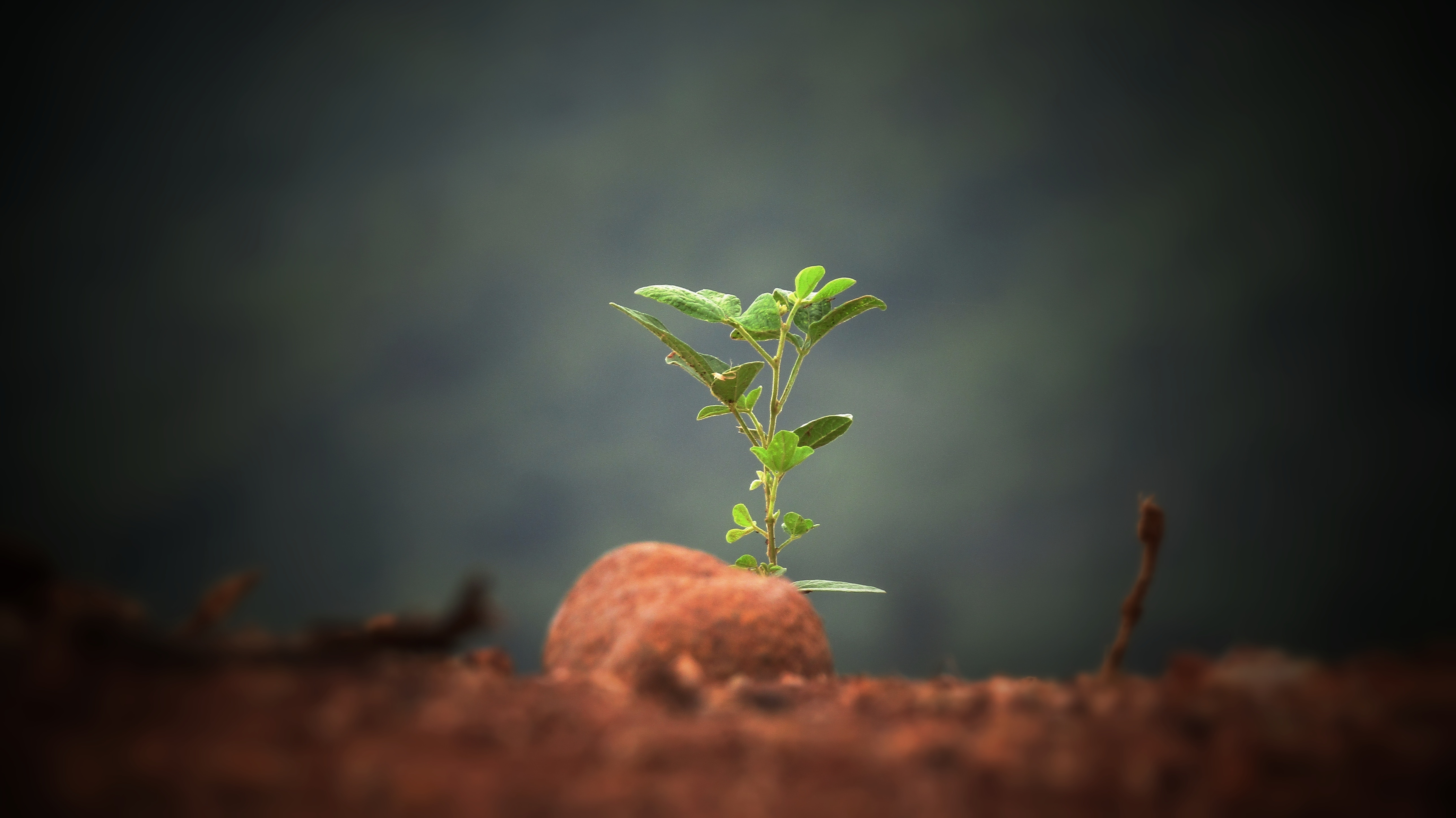I think seeds are some of the most amazing things in nature. Each humble seed is a living entity, an entire embryonic plant enclosed in an outer shell that protects it for years, sometimes decades or even centuries.
A fully developed seed contains an embryo and, in most species, a store of food reserves. This enables it to survive, but not grow, until its needs are met. Many seeds have a sleep period (dormancy) which they must break in order to germinate. Seeds know to come out of dormancy and begin germination when the soil, moisture, temperature, air and light around them are conducive to their unique growth.
What grows out of each seed adds to the web of life: Plants provide humans, animals, insects, microorganisms and other plants with food, shelter, health, medicine, beauty and more. Healthy plants connect with one another in vast networks. They contribute to the ecosystem around them and help shape the very biome in which they live.
Nourish Your Seeds
Like seeds, humans must meet our needs in order to grow. There are the basic needs for survival—air, water, food—then there are other needs that—met consistently and abundantly—enable us to flourish. And like seeds, whatever we grow becomes part of our network, part of the environment around us. What are you growing? Is it beneficial to the world?
This is my list of the most important requirements humans need to grow. Take a look at it. Put a checkmark next to each need on the list that is consistently and completely being met in your life.
- Fresh air
- Healthy food
- Clean water
- Plenty of uninterrupted sleep
- Feeling safe
- Feeling connected
- Confidence
- Hope
- Meaning/purpose
Anyone with a passing knowledge of psychology has heard of Maslow’s Hierarchy of Needs: This fundamental theory posits that our basic physical needs must be met before we move to the next levels of emotional needs and problem-solving that can eventually allow us to self-actualize. Ultimately, humans need meaning and purpose to reach our full potential. When you are truly reaching for it, you—and the world around you—transform.
If you are ready for your seed to germinate, or you’re ready to plant some new seeds, review the checklist and address any area that is in deficit. (A journal can be useful in this exercise.) Consider how much of that thing you’re getting, and how much and why you’re missing out on some or all of it (“how often do I feel connected?” “what makes me feel connected or disconnected?”). Next, ask yourself what you need to get the right amount in your life. Just as a plant may need a side helping of compost or a wash with soapy water to get rid of pests, you may need some new inputs to help your plant grow. What are they, and how will you get them?
Root Yourself In the Present
As you start to meet your needs, notice how you start growing. Once you’ve checked every item on the list, look around. You’re ready to fulfill your purpose.
But remember, even when every condition is perfect, seeds need to do one last thing to spur their growth: Break dormancy. You too may need to break your dormancy, to wake yourself up. You’ll know you need to if you are feeling frustrated. Plant yourself in the present—and dig in your roots there. Living in the present tends to reduce or eliminate fear, so you’ll know you’ve done a good potting job if your levels of stress diminish.
We can’t grow when we are not able to meet our needs. But meeting those needs means consciously becoming aware of what they are, building an environment conducive to our own growth, then rooting ourselves in that nourishing place. Meet your needs so you can be and stay present. Wake yourself up so you can bring your dormant seeds to life. Everyone wants to get “there”—that place where they feel fully content and fulfilled, where their lives have meaning. “There” is not found in a future timeframe. “There” is right here. In this moment. Inside you.

